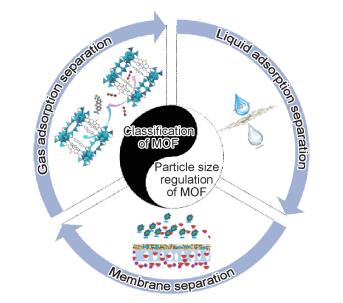 PDF(3640 KB)
PDF(3640 KB)


 PDF(3640 KB)
PDF(3640 KB)
 PDF(3640 KB)
PDF(3640 KB)
金属有机框架材料在吸附分离领域的研究进展
 ({{custom_author.role_cn}}), {{javascript:window.custom_author_cn_index++;}}
({{custom_author.role_cn}}), {{javascript:window.custom_author_cn_index++;}}Research progress of metal-organic framework materials in adsorption separation
 ({{custom_author.role_en}}), {{javascript:window.custom_author_en_index++;}}
({{custom_author.role_en}}), {{javascript:window.custom_author_en_index++;}}
| {{custom_ref.label}} |
{{custom_citation.content}}
{{custom_citation.annotation}}
|
/
| 〈 |
|
〉 |